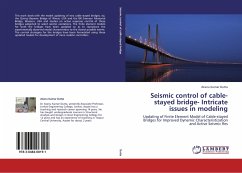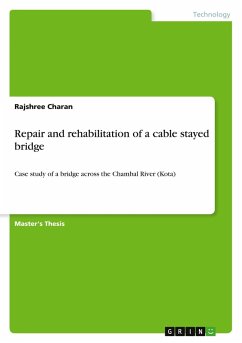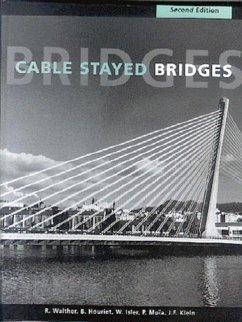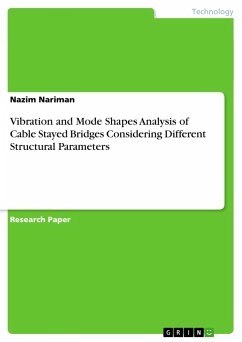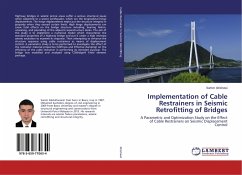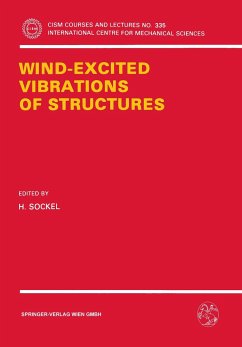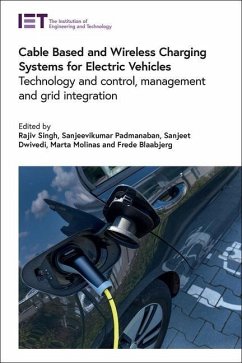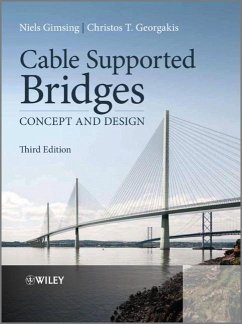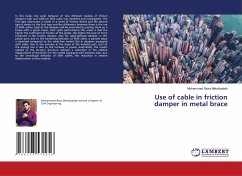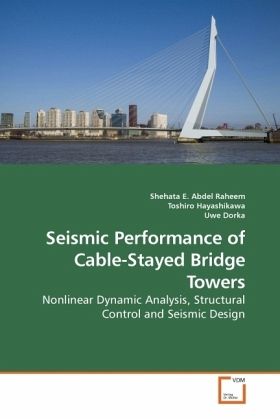
Seismic Performance of Cable-Stayed Bridge Towers
Nonlinear Dynamic Analysis, Structural Control and Seismic Design
Versandkostenfrei!
Versandfertig in 6-10 Tagen
39,99 €
inkl. MwSt.

PAYBACK Punkte
20 °P sammeln!
Recently, the stretch of cable-stayed bridges-CSB span and the more slandering of stiffening girder make these bridge vulnerable for nonlinear behavior. The damage suffered during 1995 Hyogoken-Nanbu earthquake led to increased awareness concerning bridges response and emphasized the need for sophisticated research to provide new procedures and specifications. A nonlinear time-history analysis has been conducted to complete the seismic design and establish expected seismic performance. An analytical model is developed for CSB towers to accurately understand 3D nonlinear dynamic response of bri...
Recently, the stretch of cable-stayed bridges-CSB span and the more slandering of stiffening girder make these bridge vulnerable for nonlinear behavior. The damage suffered during 1995 Hyogoken-Nanbu earthquake led to increased awareness concerning bridges response and emphasized the need for sophisticated research to provide new procedures and specifications. A nonlinear time-history analysis has been conducted to complete the seismic design and establish expected seismic performance. An analytical model is developed for CSB towers to accurately understand 3D nonlinear dynamic response of bridge structures. Effective energy dissipation and semi-active control concepts are proposed to implement a retrofit countermeasure that provides an additional mechanism to meet the desired multiple performance objectives. A nonlinear dynamic soil structure interaction-SSI analysis is developed to estimate seismic response characteristics of CSB tower. It is determined that SSI plays a decisive role in the structural behavior. Design codes and retrofit techniques should be upgraded to take into account earthquake motion spatial variation and SSI.



